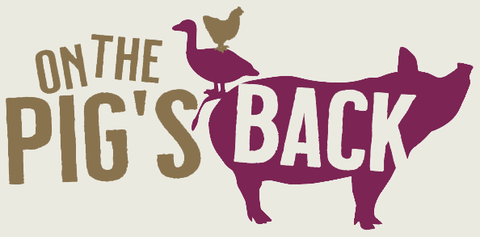Cured Hams
According to historical records ,China was the first to mention the production of cured ham. By the time of the Roman Empire curing ham had become well established .Cured hams from certain areas became more sought after because curing requires certain conditions. The environment cannot be so cold that the ham freezes nor too warm that the ham spoils. Making geographic regions within Italy, Spain and France renowned for their delicious cured hams in the old world. Due to modern technology, climate control and automated food production processes curing hams can be made all over the world. Many regions are still known for specializing in ham products like the Prosciutto di Parma.
Jamon Serrano
Serrano can only come from white pigs and should not be confused with Iberian ham. Iberian pigs are exclusively reared on the Iberian peninsula . Serrano is related to the place where the ham is cured, in the mountains. The process is a handcrafted work which requires the experience and care of professionals carried out in the Spanish "Sierra" where the exact conditions of temperate and humidity that the hams need are given. The curing process has to be at least 12 months, the Gran Reserva Ham taking 18 months.
Prosciutto di Parma
The Parma ham has a slightly nutty flavour from the Parmigiano Reggiano whey that can added to the pigs diet. Salt is the only additive to the meat, not allowing additives such as nitrite and nitrate that are often used in unprotected products. Prosciutto di Parma is a P.D.O. The legs are first salted by a highly trained Maestro Salatore .The pigskin is covered with humid sea salt and the muscular parts are covered with dry salt. It's left for about two months, then is washed and hung in a dark well ventilated area. The surrounding air is important to the final quality of the ham , best results are obtained in a cold climate. The ham is left to dry for up to 18 months depending on the local climate and size of the ham.
Jambon de Bayonne
Bayonne ham takes its name from the ancient port city of Bayonne. It is located in both the cultural regions of Basque country and Gascony for southwestern France. The area is the basin of the river Adour. The meat has to be produced from one of eight defined breeds of pigs reared in an area from Deux -Sevres. The regulations are strict and cover the zone of origin of the pork , the regime for feeding. There are no antibiotics, steroids or fish oils permitted. Each animal is clearly and uniquely identifiable with a tattoo. The drying method mimics that of the past, each chamber has temperature and humidity controls set to match seasonal variations. Traditionally pigs were slaughtered in late October ,early November. The hams were left to dry until the end of January or early February. Once the curing is complete the ham is marked with a Laubura, a traditional Basque cross topped with the Bayonne name. The jambon is minimum 7months old. It has a slightly sweet taste and should be cut thinly.
- Online Onthepigsback

Comments 0